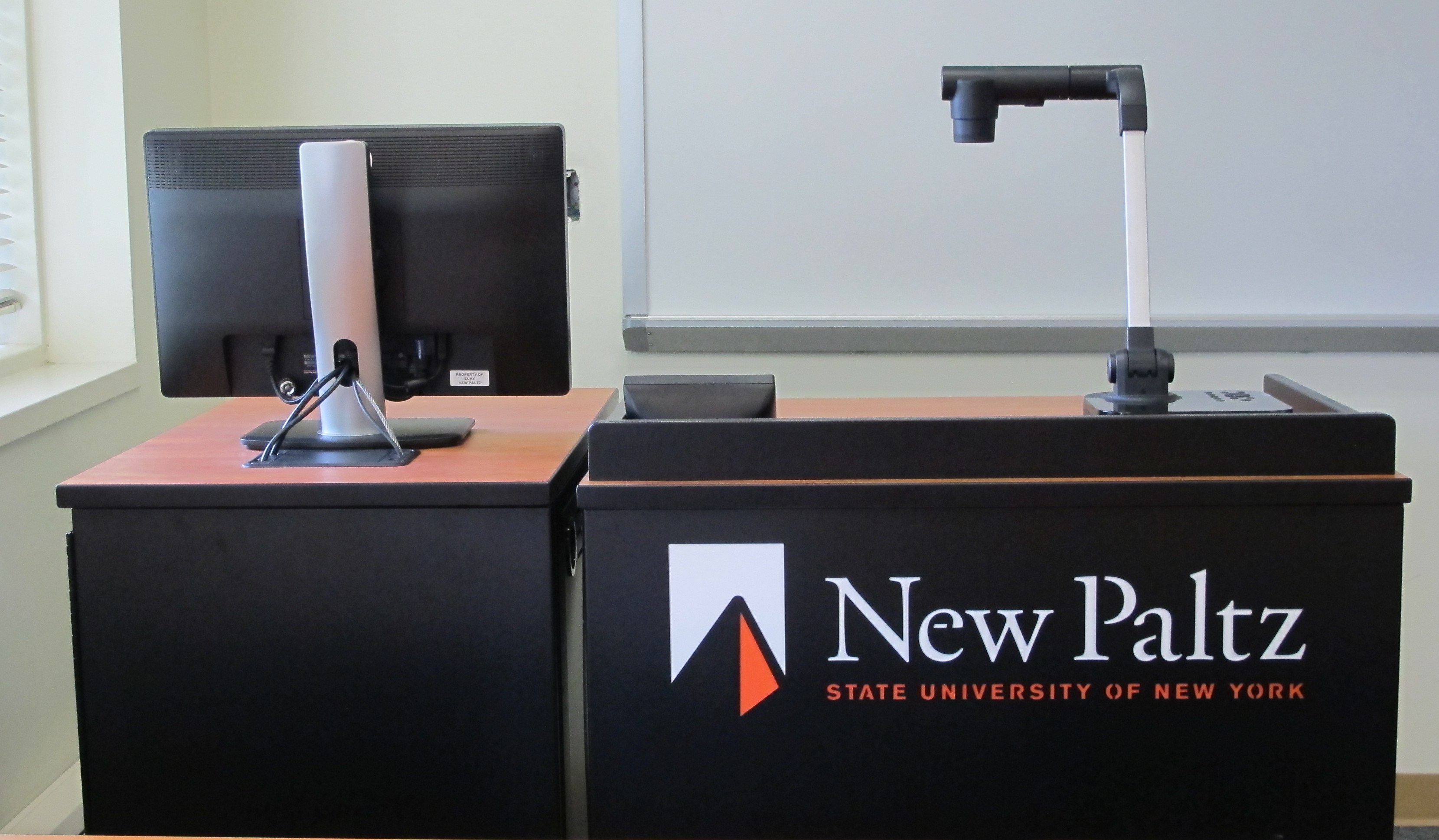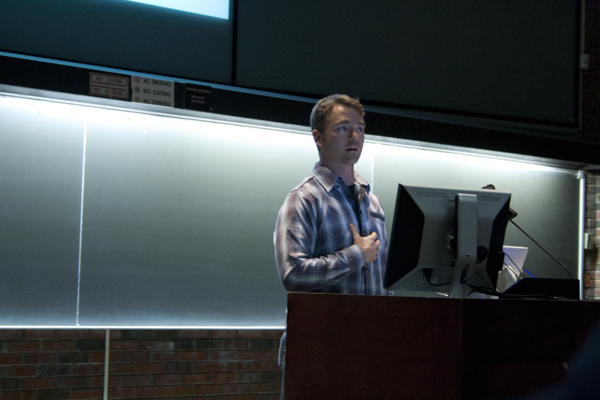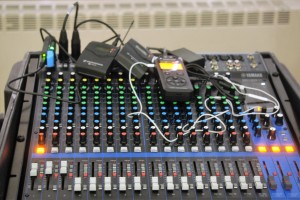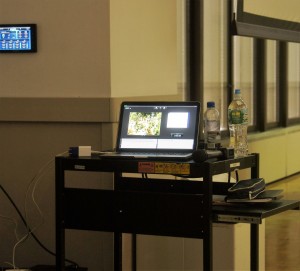![]()
SUNY New Paltz has been finding new ways to keep classrooms up to date with current technology the past few years. Doug Maynard, a professor here at New Paltz for 14 years who primarily teaches courses in psychology and statistics, is one of many instructors that have taken advantage of the technology this campus offers. New Paltz’s Blackboard program in particular has been especially helpful.

Professor Doug Maynard
The use of Blackboard varies depending on the course, but one of its most vital capabilities is the ability to upload PDF files. Not only can these files be used as a resource in class, but students can have later access to the course’s content at their disposal. Professor Maynard also likes to take advantage of Blackboard’s discussion forum feature, which gives students who prefer not to talk in class the chance to participate in important conversations via the internet. This additionally gives students the opportunity to plan out their thoughts before sharing them. Furthermore, Blackboard allows blog links to be shared, whether it be through our campus’s “Hawksites” or just Wikipages. Maynard finds this feature useful, because it gives students the ability to construct their own informational blogs, and for others to supplement their information. According to Maynard, Blackboard has been used on campus for a long time, provides many assets, and is user friendly. Aside from Blackboard, Maynard’s statistics courses rely on an SPSS program to calculate and organize data. The application is available on most lab and faculty computers around campus.
 Professor Maynard believes that technology has given instructors useful supplemental resources for teaching. In the past, Maynard has used virtual video games, such as Ingress, to engage seminars with a collectively shared experience. According to Maynard, “Using technology provides the opportunity to educate from a distance.” Instructors can stay in touch with students and the curriculum if they are unable to attend class. Not only has technology given professors more options, but, says Maynard, students now tend to be more tech savvy and embrace the changes that have been happening. Additionally, these alternatives to teaching have used less paper, which benefits the school and the environment.
Professor Maynard believes that technology has given instructors useful supplemental resources for teaching. In the past, Maynard has used virtual video games, such as Ingress, to engage seminars with a collectively shared experience. According to Maynard, “Using technology provides the opportunity to educate from a distance.” Instructors can stay in touch with students and the curriculum if they are unable to attend class. Not only has technology given professors more options, but, says Maynard, students now tend to be more tech savvy and embrace the changes that have been happening. Additionally, these alternatives to teaching have used less paper, which benefits the school and the environment.
Faculty has had to do as much learning as the students to adapt to the use of technology. The delivery of classes are changing and past ways of presenting material are, more or less, being replaced. This also means more opportunity for learning. As stated by Maynard, technology in an educational environment has “a lot of potential, depending on how it is used,” including New Paltz’s Lecture Capture program, which records professors’ lectures to be uploaded onto Blackboard for further reviewing by students. Maynard has used variations of this program, which as been useful in providing students with the PowerPoint presentation with the accompaniment of his words. He believes recording his statistics class could be useful, especially if a student is sick or in cases of bad weather, as long as students don’t use the recorded lectures in place of going to class.

SUNY New Paltz’s Lecture Capture during the 2012 Evos Conference





